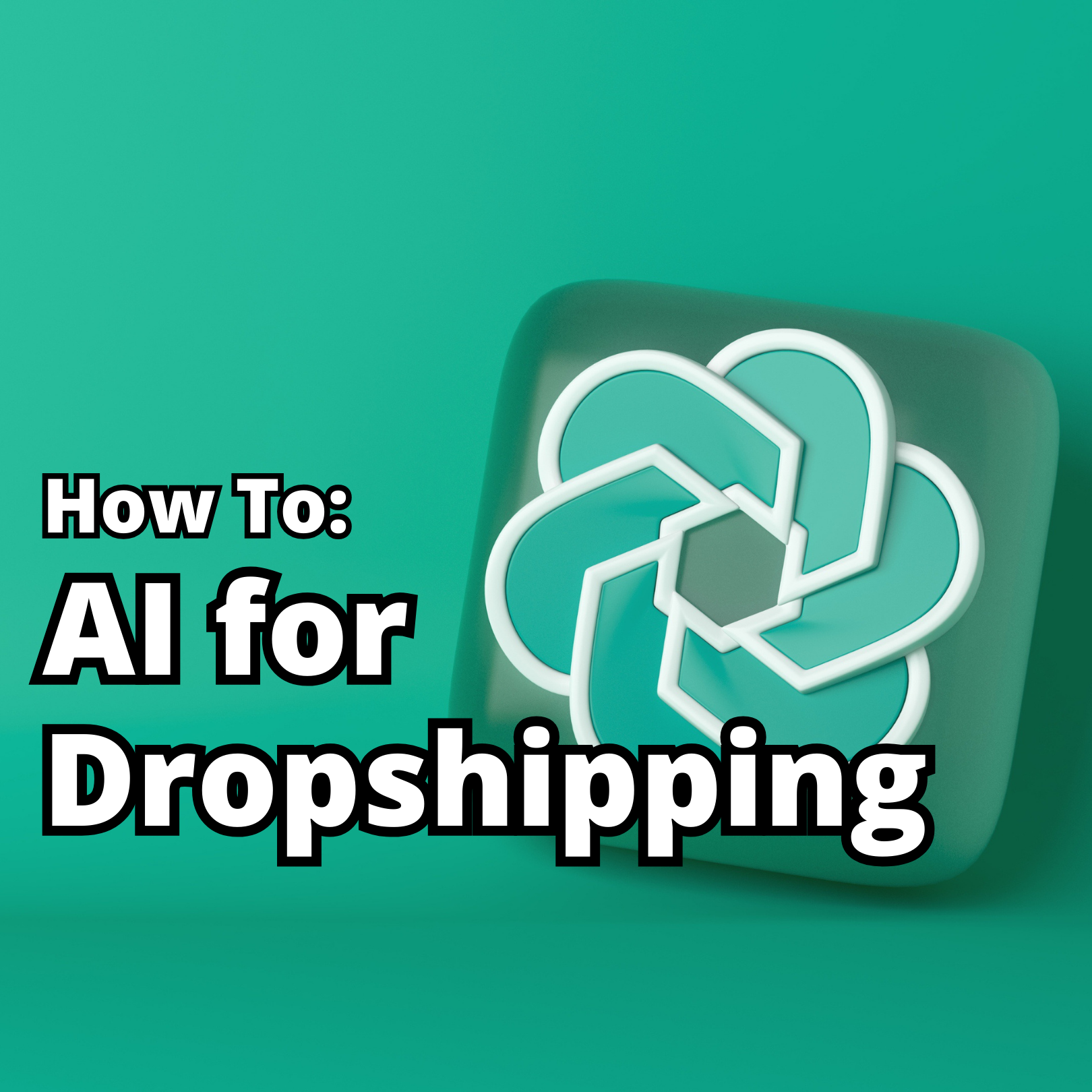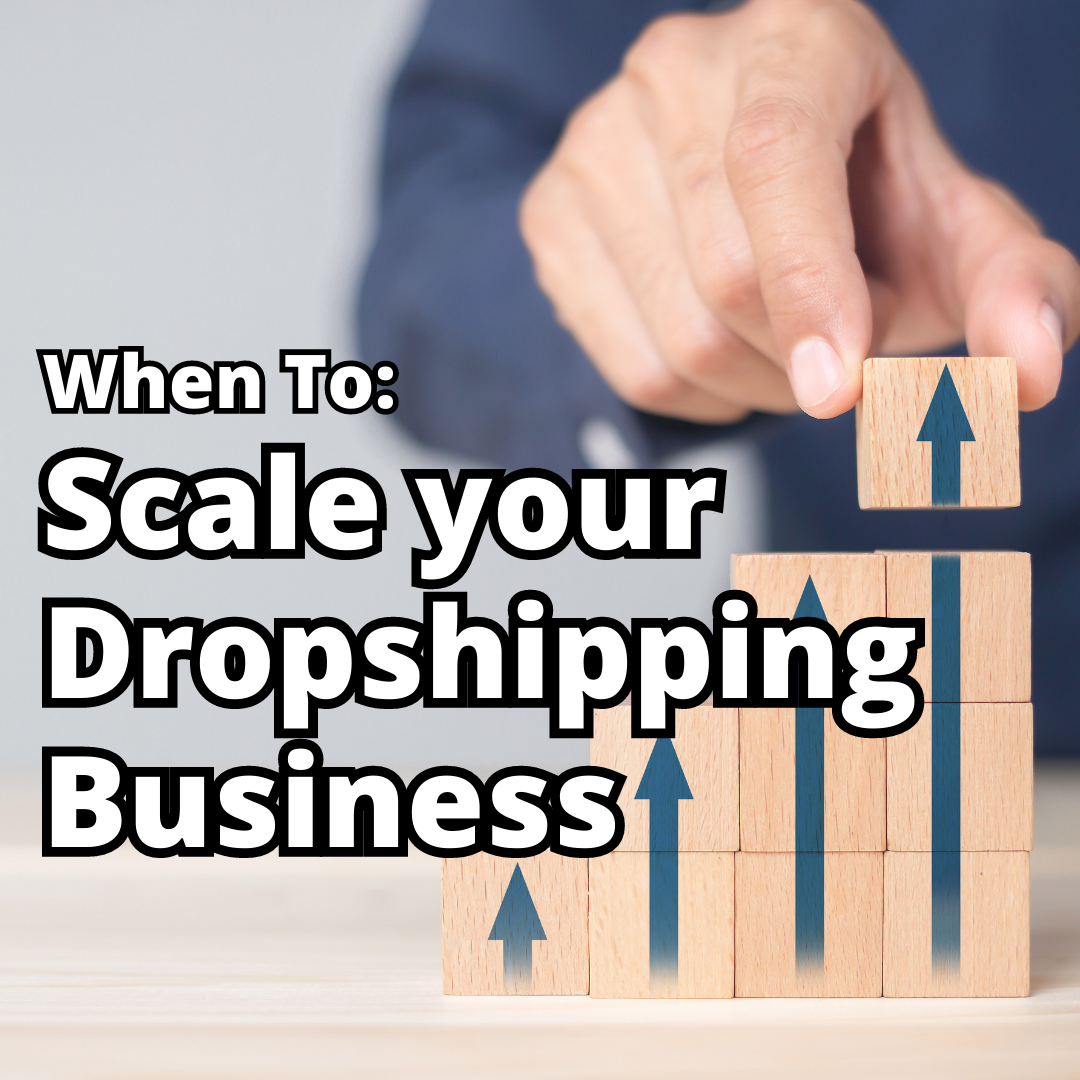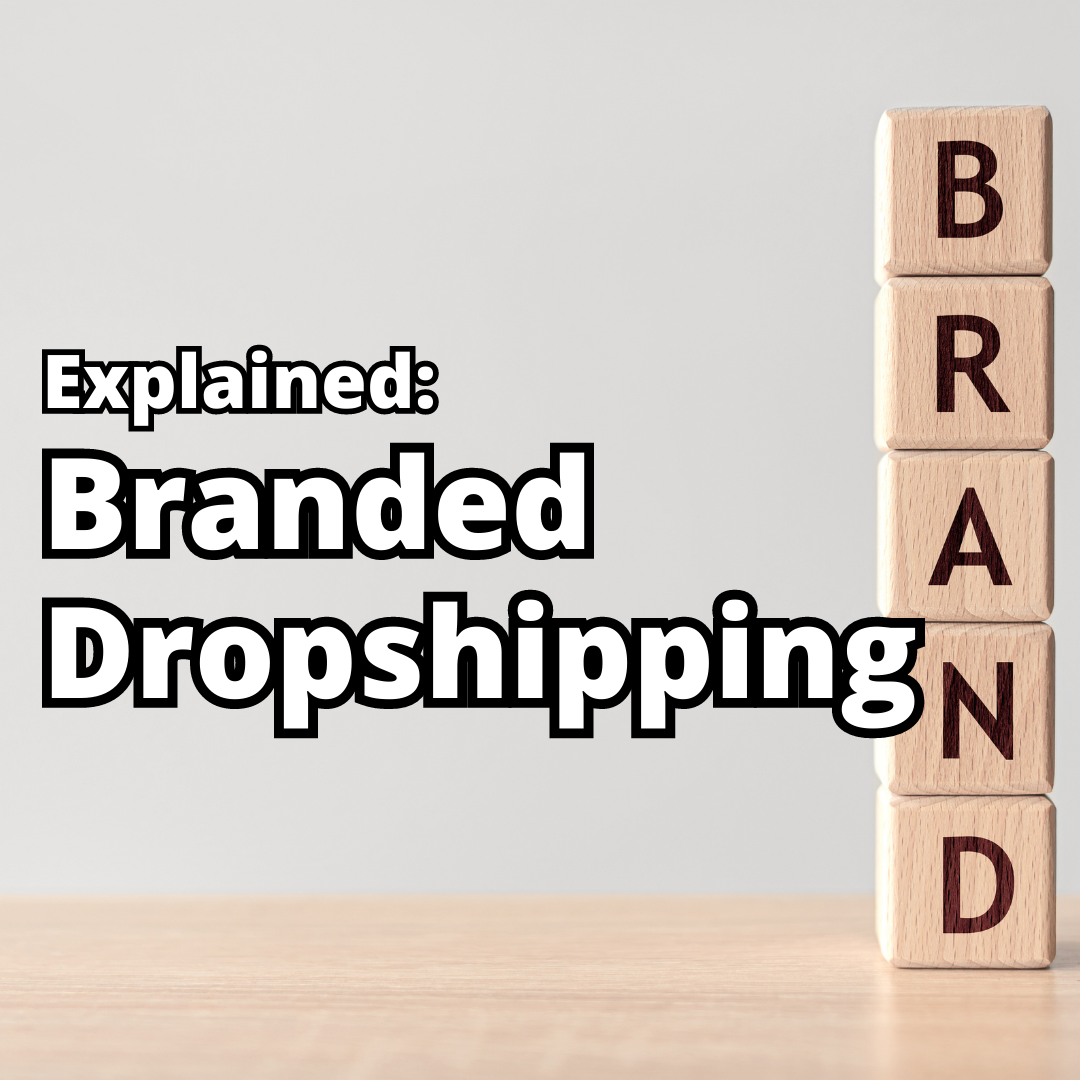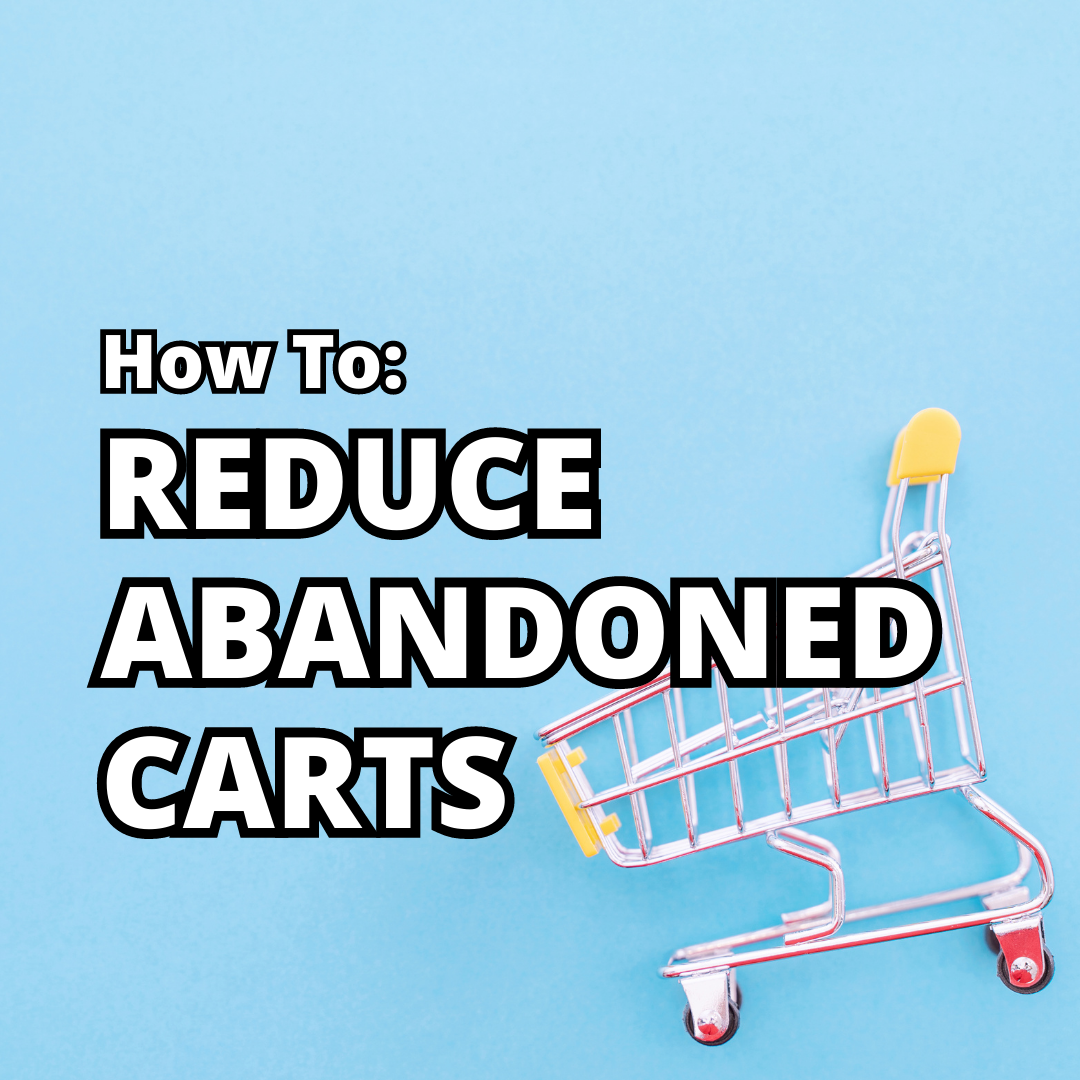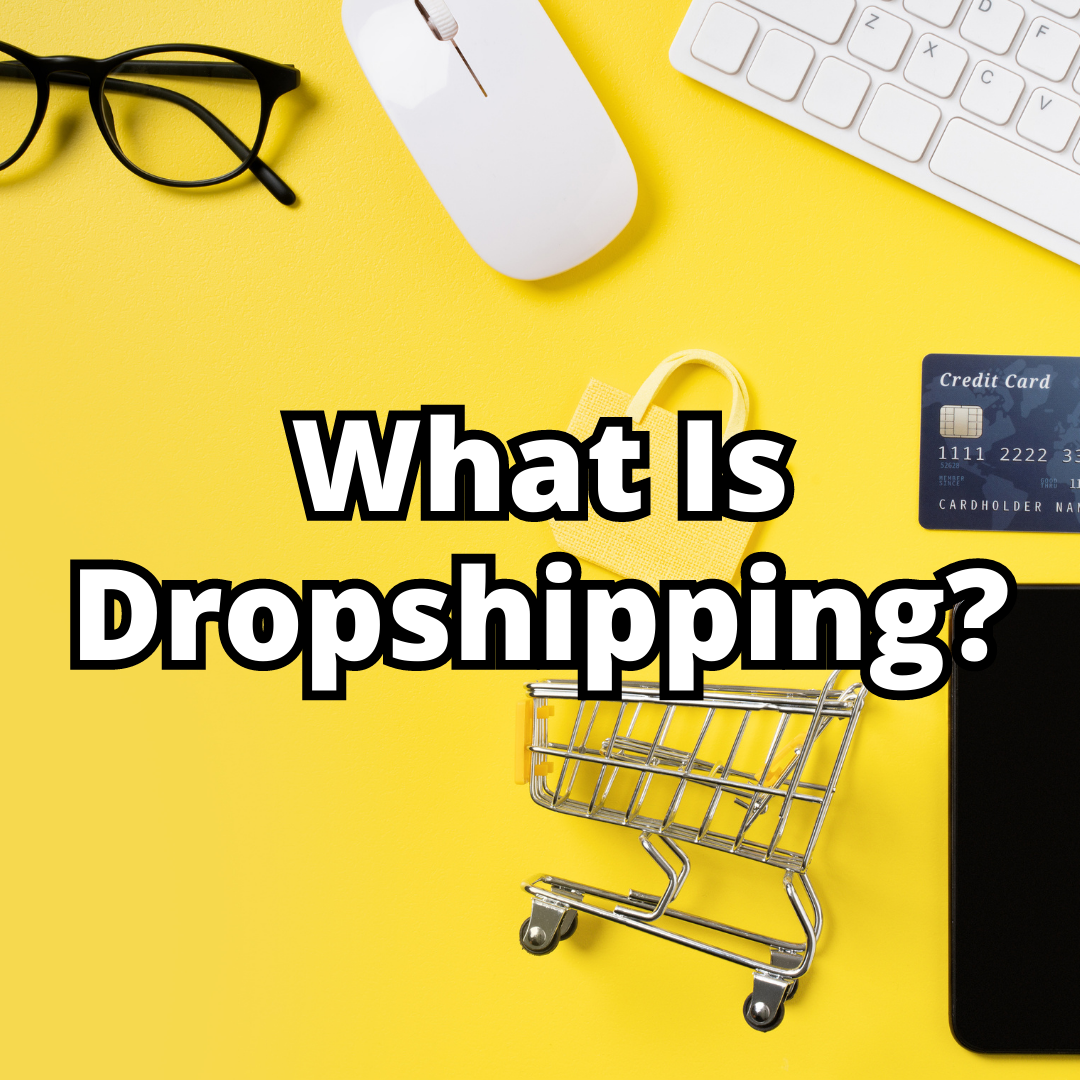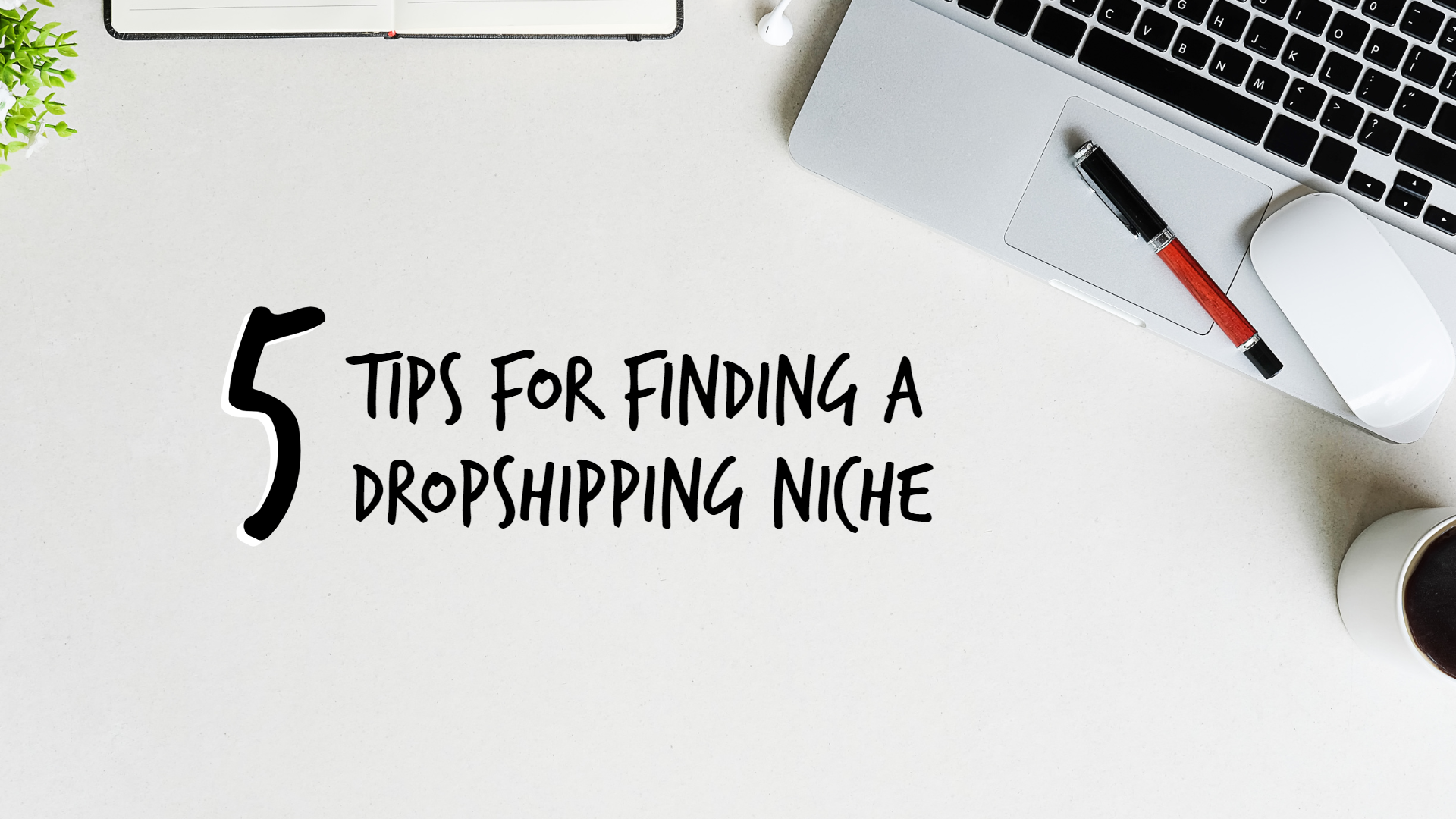
Starting an ecommerce store can be an exciting and profitable venture, but finding the right niche to focus on is essential to success. A niche is a specific area of interest or market segment that you can target with your ecommerce business. It can be challenging to choose a niche that will be profitable and sustainable in the long run. However, by following these steps, you can find a good niche for your ecommerce store.

STEP 1:
Identify Your Passions & Interests
One of the best ways to find a niche that will work for you is to start with your own passions and interests. Consider the topics that you enjoy researching, reading about, or talking about. Think about your hobbies, your talents, and your areas of expertise. By focusing on an area that you are passionate about, you will be more likely to stay motivated and engaged as you build your ecommerce business.
New Paragraph
STEP 2:
Research Potential Niches
Once you have identified some areas of interest, it's time to research potential niches within those areas. Look for markets that have high demand but low competition. You can use online tools like Google Trends, Amazon Best Sellers, and social media platforms to see what people are searching for and buying.
Try to identify gaps in the market or underserved areas that you can target with your ecommerce store. For example, if you're passionate about fitness, you might identify a need for high-quality workout gear that is sustainably made.


STEP 3:
Analyze Competition
As you research potential niches, it's essential to analyze the competition in each market. Look at the top-selling products in each niche and analyze their pricing, marketing strategies, and customer reviews. Consider what sets your ecommerce store apart from the competition, and how you can differentiate yourself to stand out in the market.
Tools like the Meta Ads Library are helpful to see what creatives the competition are using on current campaigns.
STEP 4:
Evaluate Profitability
While passion and interest are important factors in choosing a niche, you also need to evaluate the profitability of each potential niche. Consider the cost of producing or sourcing products, marketing expenses, and potential revenue streams. You can use tools like Google Ads Keyword Planner to estimate the potential search volume and competition for specific keywords.
Unsure about a product selling price? Try using this formula for starters:
(AliExpress Price + Standard Shipping) x 2.5 = Selling Price
Using this formula can help ensure a profit margin while including an ad budget.


STEP 4:
Evaluate Profitability
Before committing to a niche, it's important to validate your ideas by talking to potential customers and testing your products. Reach out to your target audience through social media groups or online forums and ask for feedback on your product ideas. Consider running a small test campaign to gauge interest in your product before investing in inventory or advertising. A|B testing is a common strategy for testing products and creatives. The truth is in the data, and you'll know which option to go with when you scale.
In Conclusion...
Choosing a niche is an essential step in starting an ecommerce store. By following these steps, you can identify a niche that aligns with your passions, has high demand, low competition, and is profitable. Remember to stay open to new ideas and remain flexible as you test and refine your ecommerce business. Good luck!
And remember: eCommerce success starts from Day One!
